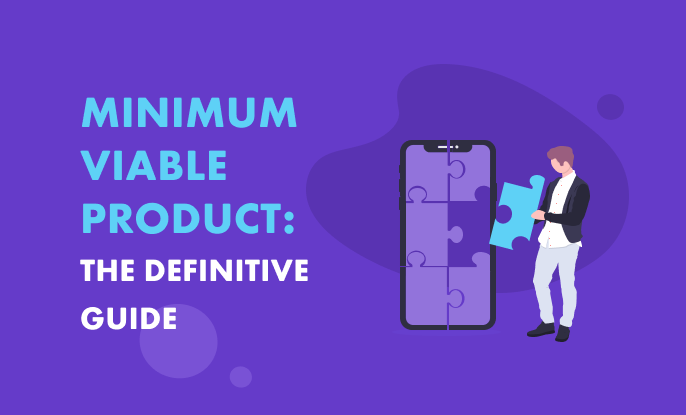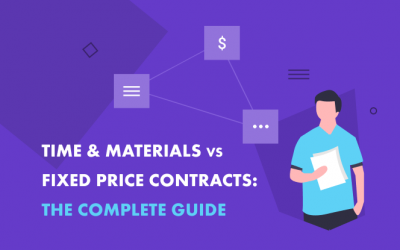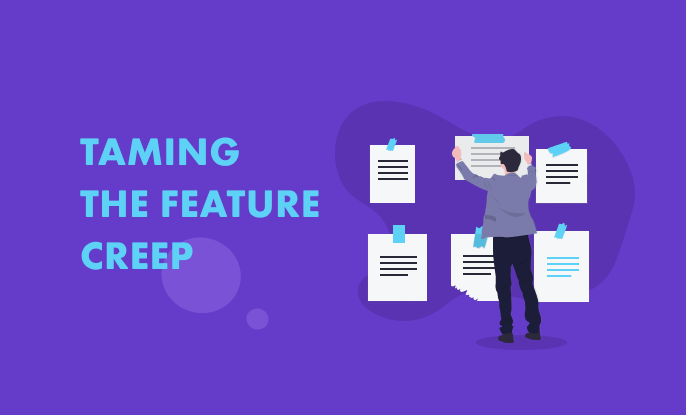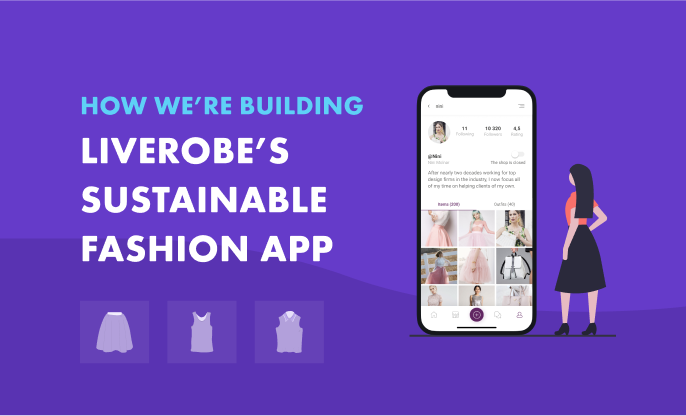Get familiar with the best prioritization matrix methodologies and learn tips and tricks for effective project prioritization.
Product Development
Minimum Viable Product: The Definitive Guide
This is a complete guide to the popular minimum viable product concept. Learn what makes a good MVP, what types are there and how to build one.
5 Secrets To Improve Your Website’s UX In 2020
If you want to build your business, especially its reputation for providing customer service, improving your website’s user experience is a must. Let’s find out how you can do that?
Nine Tips to Finish Your Product Development Project on Time
Here are nine tried-and-true tips to reduce time-to-market while ensuring high-quality development.
Time and Materials vs Fixed Price: How to choose the best for you
Deciding between time and materials vs fixed price contract can be tricky. So here’s a complete guide with pros and cons to help you choose the best for you
Should you go for cheap, fast or good when developing products?
Is it possible to develop a good product cheap and fast? In short: no. But some sacrifices are bigger than others.
How we prioritize features: Taming the feature creep
When building a product, it’s easy to get carried away adding feature upon feature. So how to tame the feature creep and prioritize functionalities?
Minimum viable product, maximum benefits: How we’re building LiveRobe’s sustainable fashion app
Style doesn’t have to cost the earth. Find out how we built LiveRobe’s minimum viable product to validate the sustainable startup idea and what should come next.
Fair p(l)ay: Time and material pricing in software development
How and how much to charge when selling your expertise? At Digital Natives, we swear by time and material-based pricing. Here’s why.











Have a look at our social media